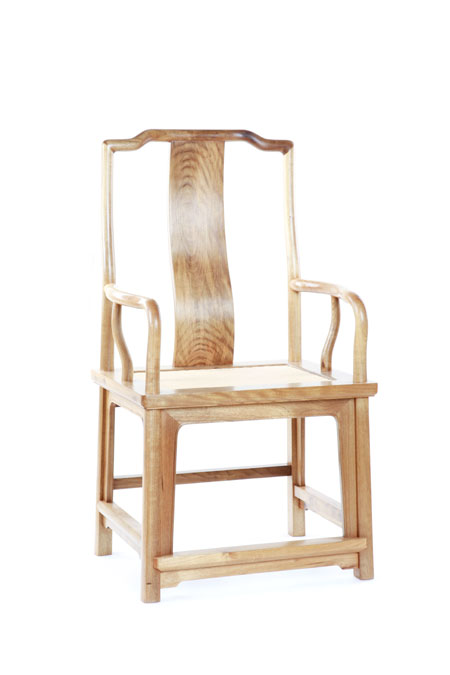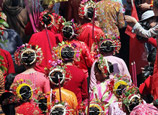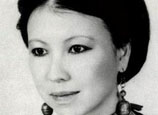
 |
| An official's hat chair, the top rail of the S-shaped backrest extends both ways like wings of an official's cap. (China Daily) |
The message is very clear - study hard and aim high.
If there is one particular group traditional Chinese wood culture attracts, it is the literati class whose members have been a highly introspective breed, judging by the furniture pieces they have inspired.
However, according to Mi, the ultimate proponent and practitioner of the country's furniture-making tradition was no bookworm or wallflower but someone who acted on power and will. He was Zhu Youxiao, the 15th emperor of the Ming Dynasty who reigned briefly from 1620 to 1627.
Known as the "Carpenter Emperor", Zhu had apparently found more personal fulfillment with a carpenter's saw than an emperor's seal.
He spent most of his day sweating in the court workshop, and the young emperor craved recognition from his peers and the market, like most serious artisans. At his order, completed pieces were taken outside the palace to be sold at local markets.
One man's obsession has spawned a trend. Carpentry was increasingly viewed as an artistic pursuit, and a noble engagement. Celebrated personalities of the time made and signed their furniture pieces the same way they placed their seals on paintings and calligraphy works.




















![]()
